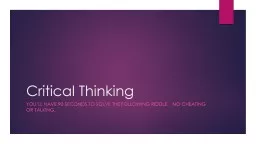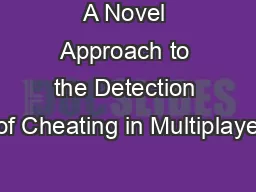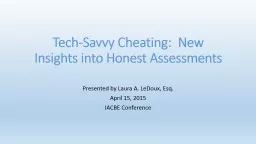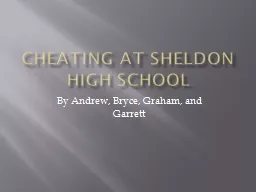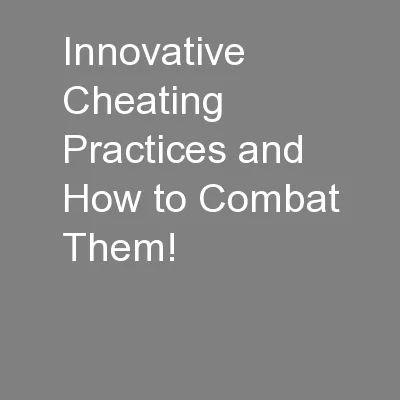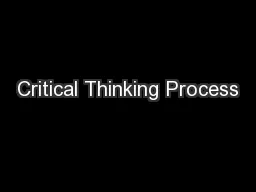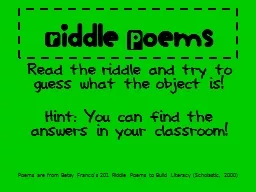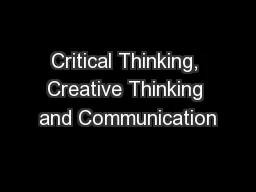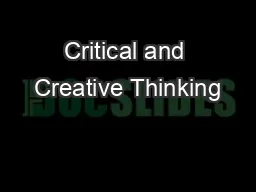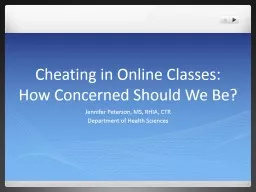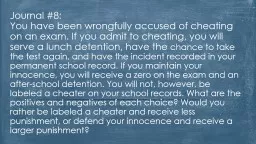PPT-Critical Thinking You’ll have 90 seconds to solve the following Riddle. No cheating
Author : aaron | Published Date : 2019-11-03
Critical Thinking Youll have 90 seconds to solve the following Riddle No cheating or talking The Riddle I have one you have one If you remove the first letter a
Presentation Embed Code
Download Presentation
Download Presentation The PPT/PDF document "Critical Thinking You’ll have 90 secon..." is the property of its rightful owner. Permission is granted to download and print the materials on this website for personal, non-commercial use only, and to display it on your personal computer provided you do not modify the materials and that you retain all copyright notices contained in the materials. By downloading content from our website, you accept the terms of this agreement.
Critical Thinking You’ll have 90 seconds to solve the following Riddle. No cheating: Transcript
Download Rules Of Document
"Critical Thinking You’ll have 90 seconds to solve the following Riddle. No cheating"The content belongs to its owner. You may download and print it for personal use, without modification, and keep all copyright notices. By downloading, you agree to these terms.
Related Documents

